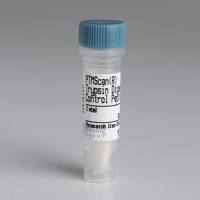Molecular Diversity of Ion Channels in the Mouse Heart: A Suitable Model for Cardiac Drug Development
互联网
239
Action potential waveforms in the mammalian myocardium reflect the synchronized activation (and inactivation) of multiple types of membrane ion channels (1 ) contributing inward (depolarizing) or outward (repolarizing) ionic currents (Fig. 1 ). These (inward and outward) current channels, therefore, are important potential therapeutic targets for controlling the amplitudes and the duration of action potentials in the heart. In addition, it is clear that action potential waveforms change during normal cardiac development (2 ,3 ) and in a variety of myocardial disease states (4 –6 ) owing to changes in the biophysical properties and/or the expression of the underlying ionic channels. Thus, there is considerable interest in defining the molecular correlates of the functional inward and outward current channels expressed in myocardial cells and in delineating the molecular mechanisms controlling the properties and the functional expression of these channels (1 ,7 ). Although a variety of experimental models have been exploited in these efforts over the years, the mouse is now being used increasingly owing to the ease with which genetic manipulations can be made in the mouse (7 ,8 ).









